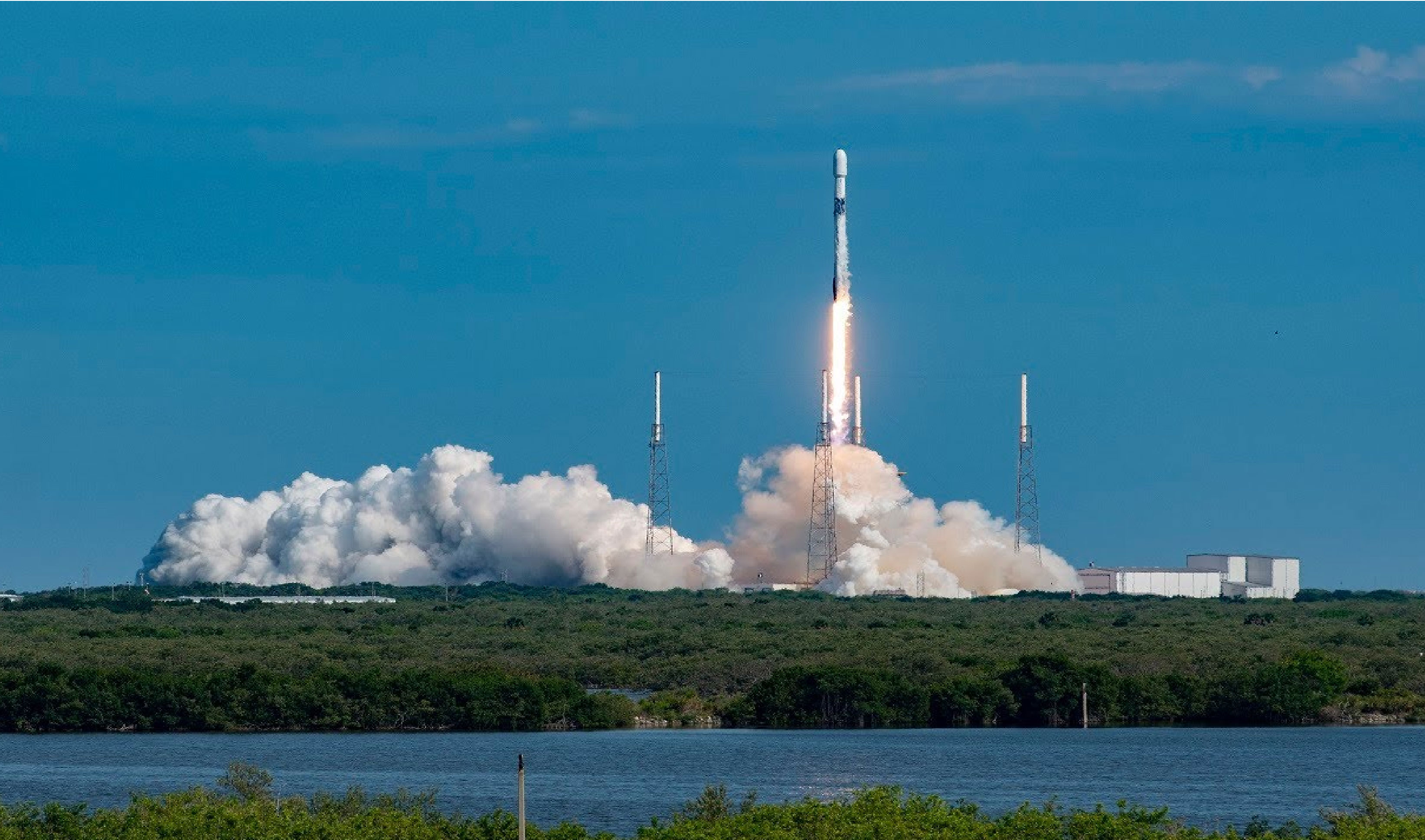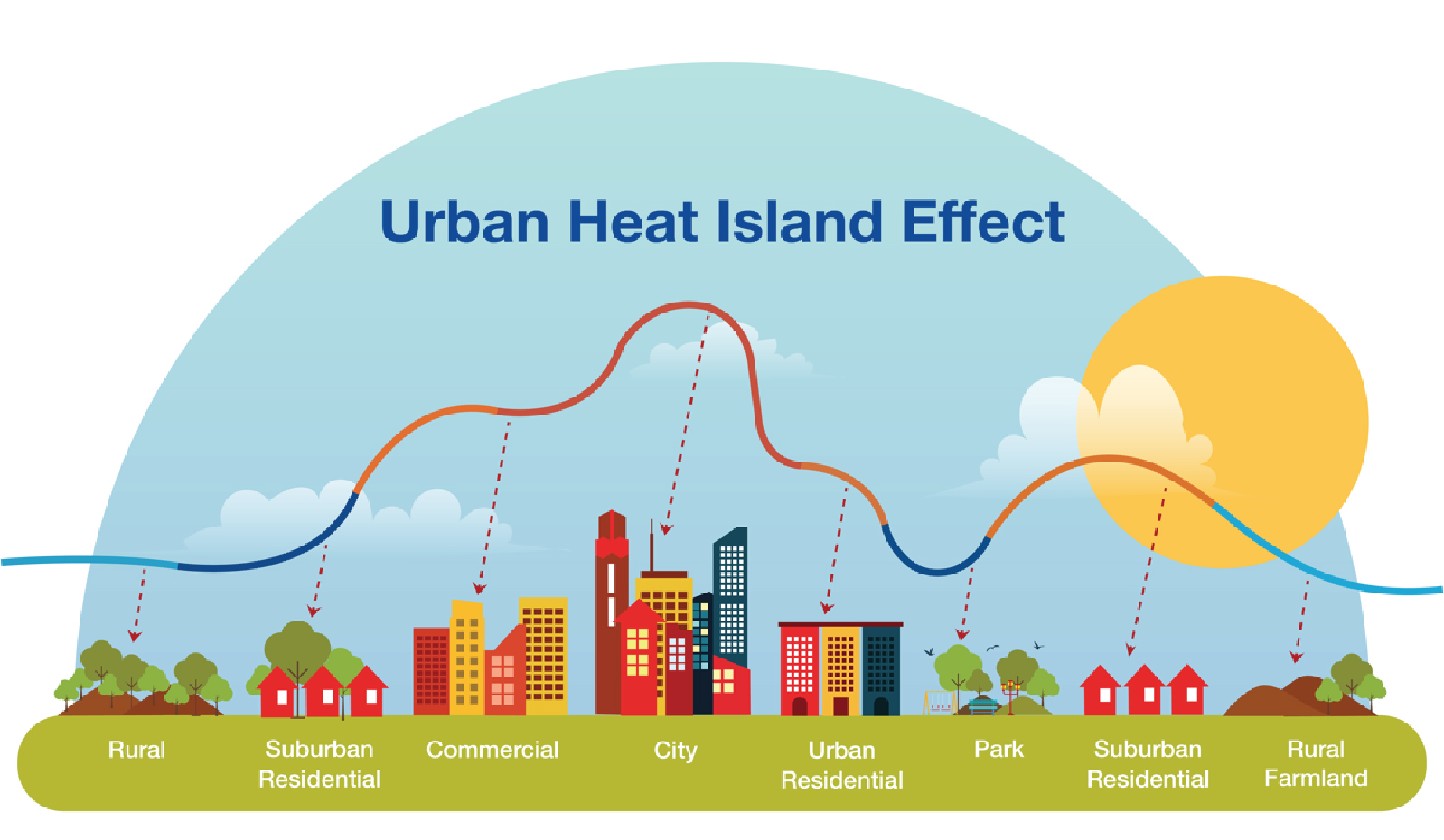Scientists attributed "solar dimming" over the last thirty years to higher anthropogenic aerosol emissions i.e. industrial emissions, biomass burning and vehicular pollution.
Key Findings of Study
- Decline in Sunshine:
- North Indian plains showed the steepest drop: −13.1 hours/year (h/y).
- Northeast region: It showed slight seasonal leveling-off (stable) in sunshine hours due to regional weather and the Twomey effect.
- Twomey effect describes how increased anthropogenic aerosol emissions make clouds brighter by creating more tiny droplets, which reflect more sunlight and cool the climate.
- Causes of Solar Dimming: The long-term solar dimming is attributed to higher aerosol concentrations due to industrial emissions.
- These aerosols act as condensation nuclei, causing cloud droplets to be smaller and longer-lived, which results in skies remaining overcast for extended periods.
Aerosol and its types
- Aerosols are tiny solid or liquid particles suspended in the atmosphere (gas medium).
- Types:
- Primary Aerosols: Directly emitted particles e.g. sea spray, dust, smoke, and volcanic ash.
- Secondary Aerosols: Formed from gases through chemical reactions, e.g., sulfates from industrial emissions or biomass burning.
Impact of Aerosol
|






